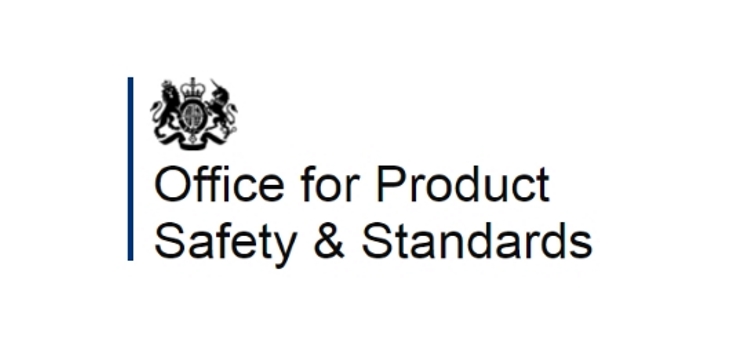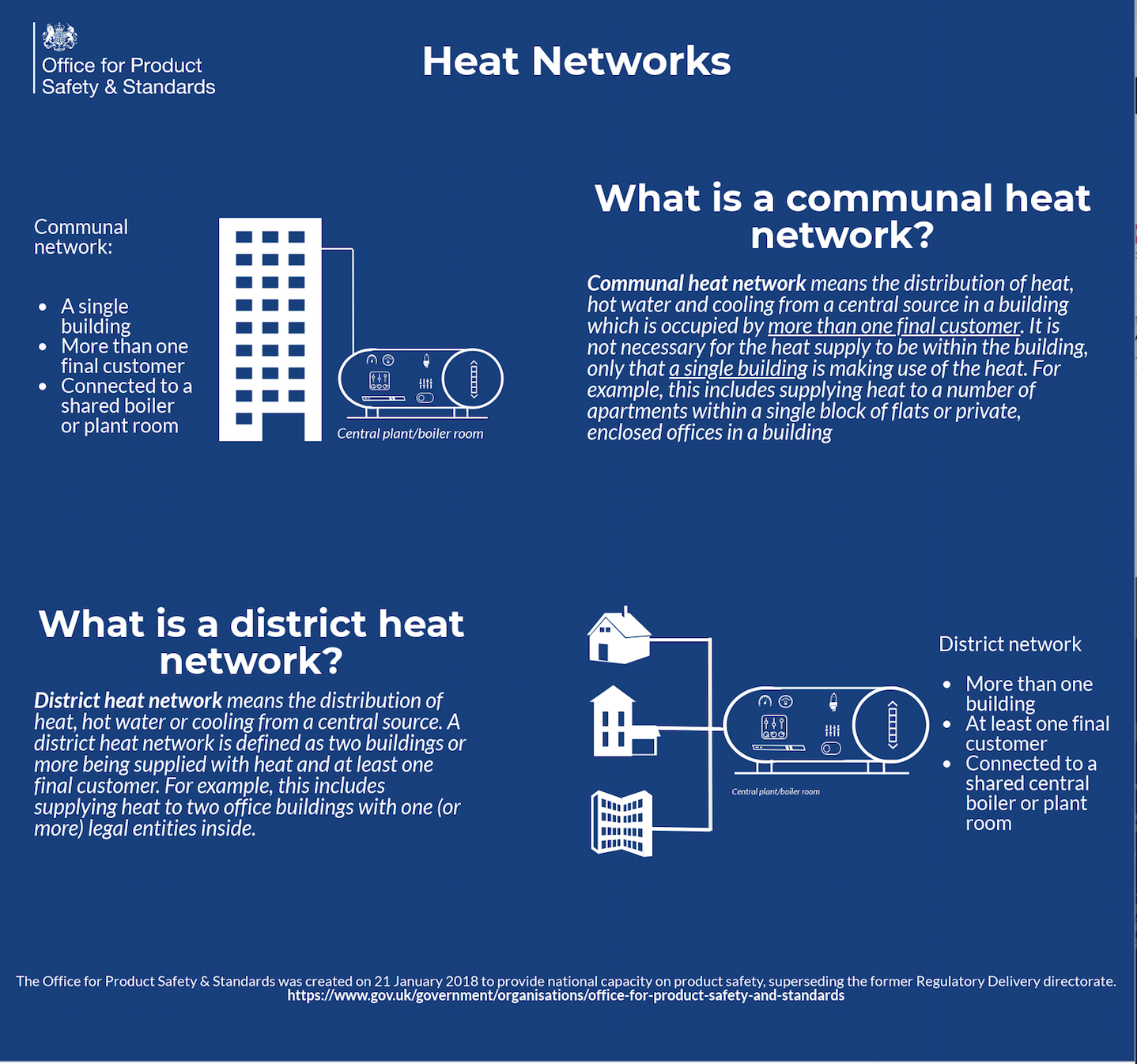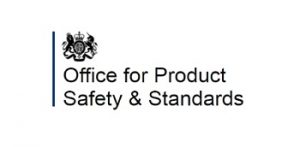 Heat Network Regulations – What You Should Know
Heat Network Regulations – What You Should Know
Heat generation is a major part of our economy and accounts for around a third of UK carbon emissions. To meet the UK’s carbon reduction targets, we must significantly cut our emissions from heat. This requires us to move to cleaner and more efficient ways of heating our homes, buildings, and industry. Heat networks are an important part of this transition to clean growth and will allow us to make progress on reducing emissions from heating.
Heat networks are shared heating systems which provide a more energy efficient alternative to domestic boiler heating systems. They incorporate systems where water is heated or chilled at a central source (such as a boiler or plant room) and then channelled to customers through a pipe network for heating, cooling or hot water use. There are two types of heat network. Communal networks serve a single building containing multiple customers, such as a block of flats or offices. District networks serve multiple buildings, such as a housing estate or university campus.

Heat networks are very popular in northern Europe but currently supply only around 2% of the UK’s heat demand. However, the government is promoting this technology as an important contributor towards its carbon-cutting targets. The sector was largely unregulated until the introduction of the Heat Network (Metering and Billing) Regulations 2014, which seek to establish some uniformity among operators in the way they bill customers (i.e. according to their actual consumption of heat) while also giving customers an incentive to reduce their consumption. The Regulations are also being used to create the first detailed register of heat networks in operation throughout the UK.
The Regulations are enforced by the Office for Product Safety & Standards (OPSS), part of the Department for Business, Energy & Industrial Strategy. They place duties on heat suppliers, defined as anyone who supplies and charges for the supply of heating, cooling and/or hot water to customers through a heat network.
For the purposes of domestic heat supply, a user is considered a final customer where they occupy a partitioned private space intended to be used as a domestic dwelling where it meets all of the following criteria:
- It has a living and sleeping space
- It has sanitary facilities (including washing and toilet)
- It has cooking and food preparation facilities
Spaces that do not meet all of these criteria such as shared houses with a domestic boiler, houses of multiple occupancy or university halls of residence where some services, such as cooking, are shared are therefore not considered within the scope of the regulations. In a non-domestic setting, customers are those with the exclusive use of a partitioned space.
Heat suppliers must: inform OPSS of the details of their networks; install heat meters to measure customers’ consumption (where it is cost-effective and technically feasible to do so), and; use those meters to bill customers by actual consumption. The first deadline for this was December 2015, but any outstanding notifications should be submitted as soon as possible.
Heat suppliers should inform OPSS of their existing networks as soon as possible, using the official ‘notification template’. This asks for information such as the number of buildings and customers on those networks as well as, for metered networks, the amount of heat generated and supplied. New heat networks should be identified on or before the date they become active. A fresh notification form must be completed within every four-year period thereafter. Heat suppliers will in future be required to use a cost-effectiveness tool to determine whether or not they should install heat meters. The cost-effectiveness tool will be released following a planned consultation. Where the tool gives a positive response, heat suppliers will be expected to install meters and begin billing customers by actual consumption as soon as the meters have been installed. Where the tool gives a negative response, heat suppliers will be required to re-use the tool every four years thereafter.
The Regulations apply across the UK and are enforced by OPSS on behalf of the devolved governments. The enforcement approach taken by OPSS is always to help heat suppliers achieve compliance, although non-compliance can result in financial penalties. The primary enforcement approach of OPSS is to work with the regulated entity to achieve compliance before considering sanctions. The ‘notification template’ is available at www.gov.uk/heat-networks. This webpage contains guidance on the types of heat networks considered to be inside and outside the scope of the Regulations. It also contains a list of frequently asked questions. The email address to which completed notification forms should be sent is [email protected].

